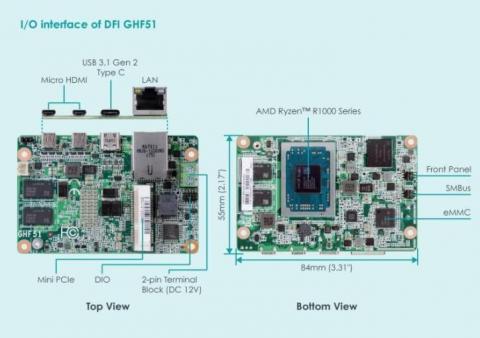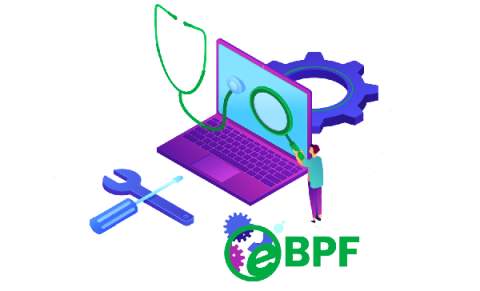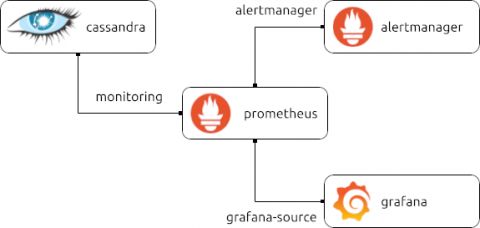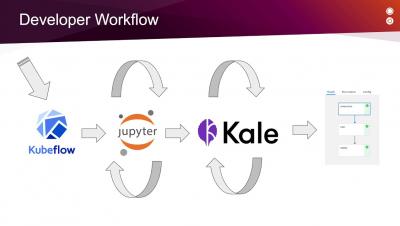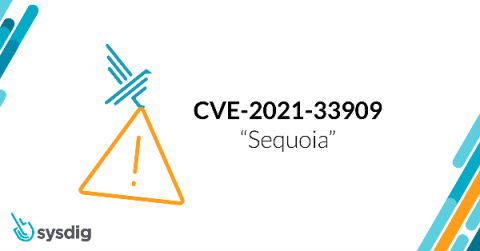Canonical and DFI launch the first Ubuntu certified AMD-based "Industrial Pi"
Canonical and DFI announce that the GHF51 and EC90A-GH, have been certified, based on the latest AMD-based platform. Both offer improved performance, a smaller footprint, and full access to open-source software with Ubuntu and Ubuntu Core. These are part of the first wave of products that passed the Ubuntu IoT hardware certification.


